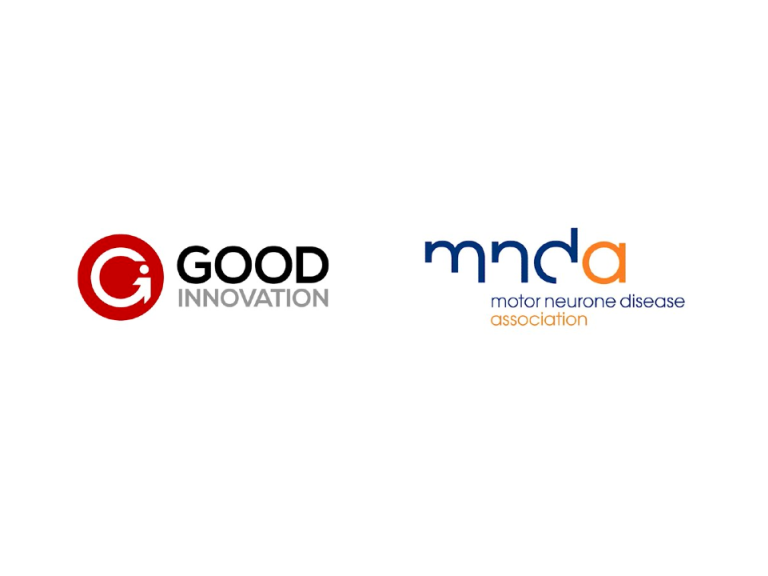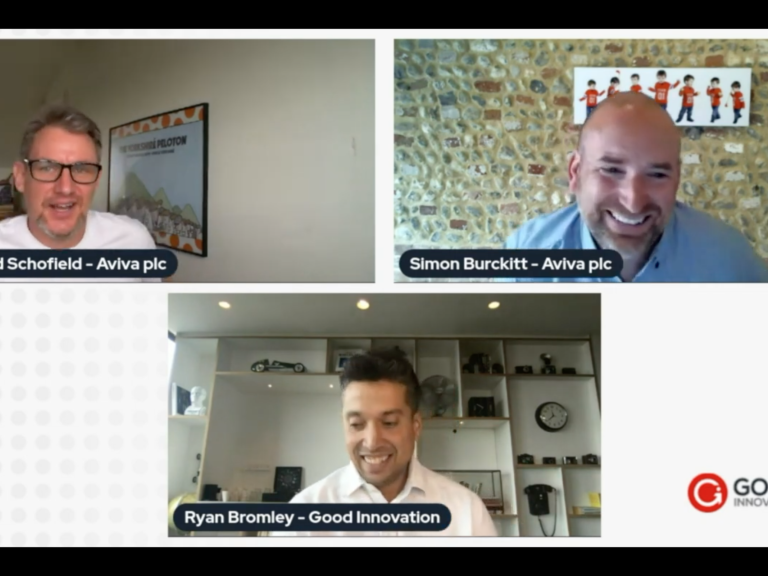What is Impact
Innovation?
IMPACT INNOVATION

We combine insight, foresight, co-creation and rapid experimentation to give organisations the opportunity to find unique and distinct solutions to the world's most difficult social problems. Impact Innovation makes impact happen smarter and faster for a competitive advantage that balances profit with purpose.







